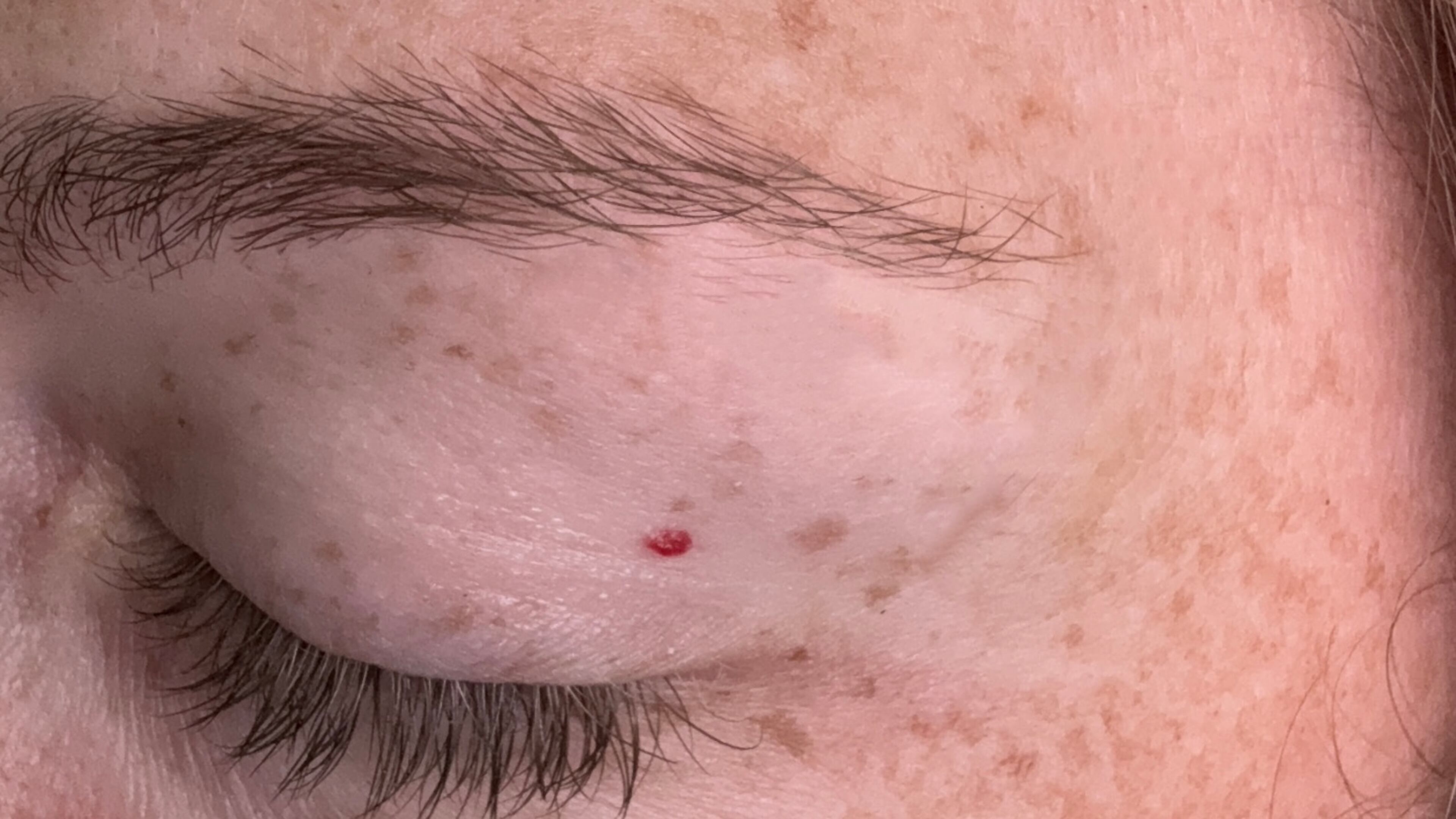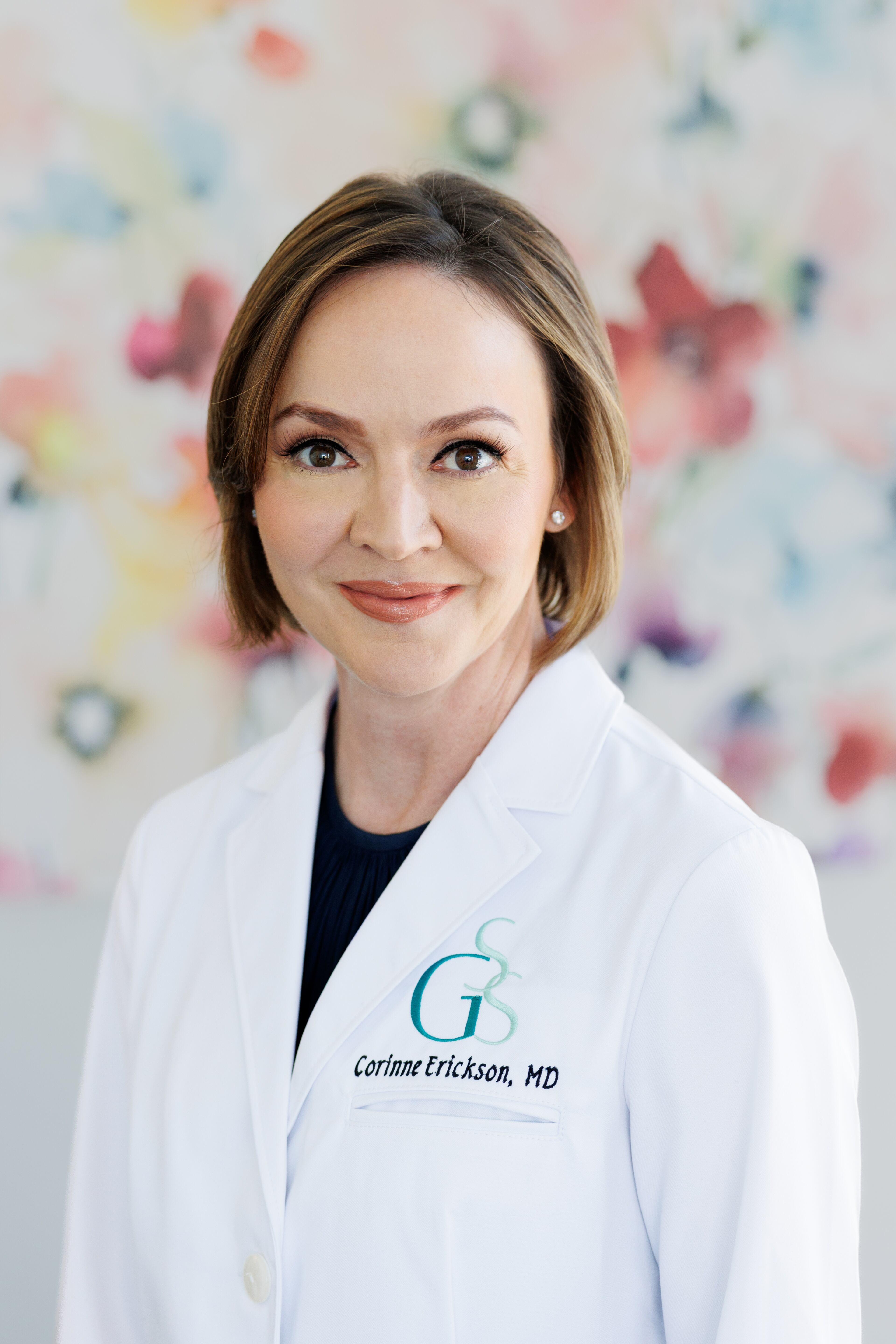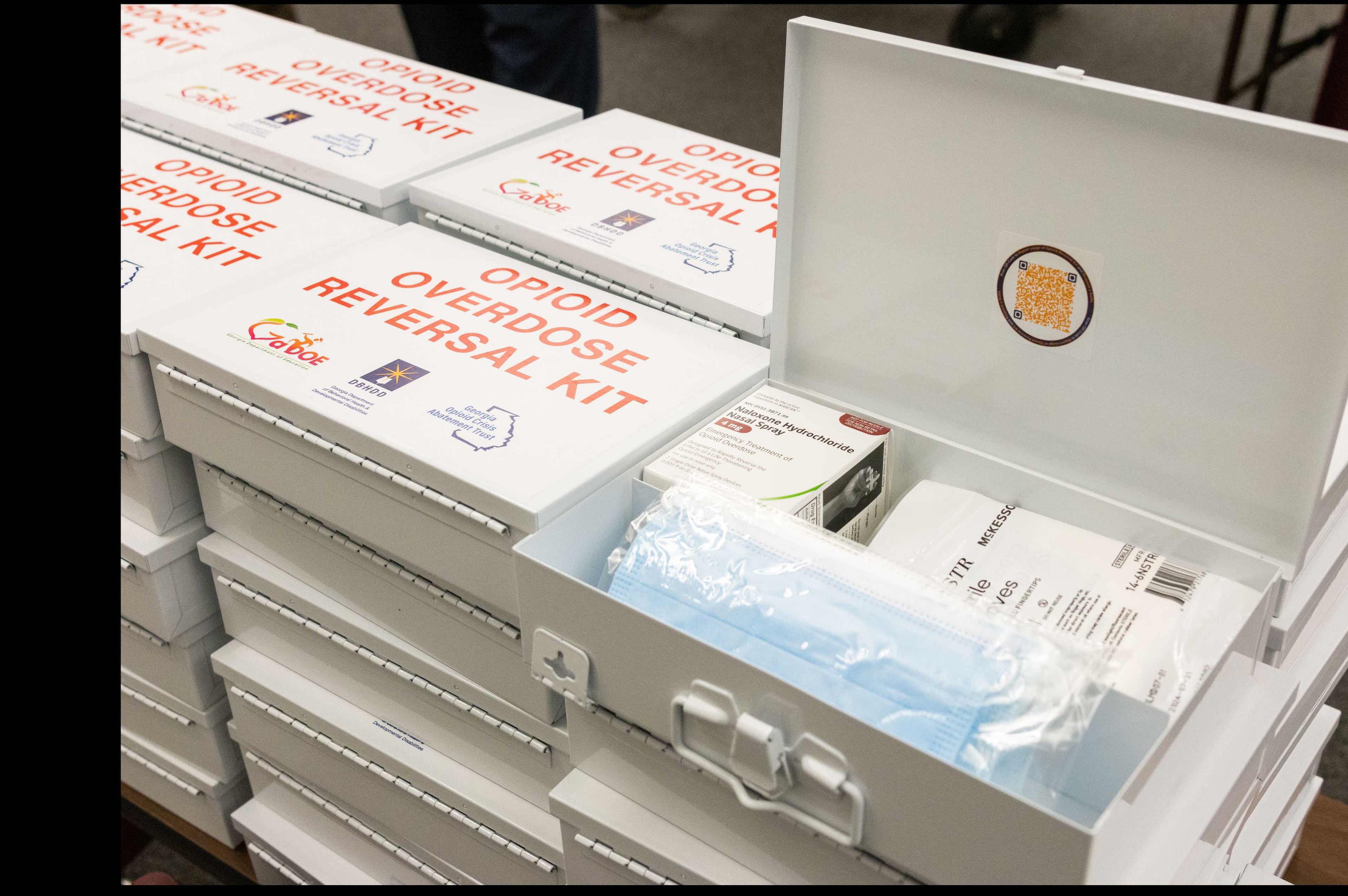I got my first full-body skin check at 32. Here’s what happened.

I’ve been meaning to go to the dermatologist for years. At 32, with pale, freckled skin and a growing number of moles I obsessively monitor, I knew it was important — but I was nervous. Nervous about what they might find. Nervous about the unknown.
But after living for a few years with a red, sty-like dot on my eyelid (and Googling “is this skin cancer?” more times than I care to admit), I finally booked an appointment at Georgia Skin Specialists in Atlanta. I didn’t overthink it. I didn’t even research what a skin check actually involved. I just showed up.
Here’s how it went.
From parking lot to paper sheet
The office was easy to find, with plenty of parking. After checking in, I was taken to a room and handed a paper sheet to drape over myself. A full-body exam is definitely full-body. The doctor checks everything from your scalp to the bottoms of your feet. But it was quick, professional and surprisingly not awkward.
Dr. Corinne Erickson, a board-certified dermatologist and founder of Georgia Skin Specialists, immediately put me at ease. She grew up in Macon and is one of the only dermatologists in Georgia with an integrative dermatology certification. This means she takes a whole-body approach to skin health, focusing on both external symptoms and internal triggers.
“We’re very skin cancer exam-oriented here,” she said, holding up two dermatoscopes — small, high-powered tools used to magnify and illuminate skin lesions. “Nothing escapes my eyes.”

What ‘derms’ are looking for
As she examined my skin, Erickson assessed each mole using the ABCDE method — a checklist dermatologists use to spot early signs of melanoma. It stands for asymmetry, border, color, diameter and evolution. Basically, anything that’s oddly shaped, unevenly colored, larger than a pencil eraser or changing over time could raise a red flag.
The mole I’ve silently obsessed over for years? Totally fine.
“Melanoma typically presents as a new collection of abnormal pigment cells on the skin,” Erickson explained. “Sure, an old mole you have can become cancerous, but more commonly, melanoma is a new dark spot of cancerous melanocytes.”
She also emphasized that skin cancer doesn’t just affect people who’ve spent years tanning.
“Most melanoma, squamous cell and basal cell — I mean they’re from the sun,” she said. “But there is a subset of melanoma that’s not related to sun. The type that can grow on the feet, for example, or under the nails.”
So, when should you start getting checked?
“Yearly, not really based on age. It changes based on what your skin does,” she said. “If someone comes in and every time we’re removing abnormal moles … we may recommend every six months."
Because of my history of blistering sunburns as a teen, I’ll be returning annually. This schedule, according to Erickson, is recommended for most people with fair skin, a family history of skin cancer or a lot of moles.
What Erickson found
First, the dot on my eyelid: not a sty, not skin cancer, but a common cherry angioma, which is a tiny cluster of blood vessels. “These come and stay,” Erickson said. “Totally harmless.”
Next, she zeroed in on my cheeks. Redness, bumps, dryness.
“Have you ever been told you have rosacea before?” she asked. I told her yes — once, during a questionable online consultation — but I’d always doubted the diagnosis. “Well,” she said gently, “I do think you have it. And we can treat it.”
She prescribed a topical cream and laid out a simple skin care plan. I’m to start using SPF 50 every morning, a hydrating moisturizer (like the First Aid Beauty Ultra Repair Cream I already use), and keeping an eye on common rosacea triggers, including spicy foods, cinnamon, tomatoes, citrus and alcohol.
The 411 on skin care in the sun
Erickson also gave me a crash course in SPF science, which is something every Georgia resident should probably get, including these simple tips:
- Use more SPF than you think you need: If you use the correct amount, a typical bottle should last just six full-body applications.
- Go mineral when you can: Zinc and titanium-based sunscreens are gentler on sensitive skin and for babies.
- Clothing is key: A rash guard or UPF shirt is more reliable than reapplying sunscreen after every swim.
She also emphasized why patients need to supplement with vitamin D — especially those wearing sunscreen daily.
“It’s technically a hormone, not a vitamin,” Erickson said. “It supports everything from bone health to immune function — even hair growth. And since I’m telling everybody to wear sunscreen, I’m also telling everybody to make sure they’re taking their vitamin D.”
Final thoughts
I walked in fearing the unknown. I walked out feeling more in control of my skin than I ever have. It was quick, painless and surprisingly empowering.
“The most important step,” Erickson told me, “is just getting in the door. It’s always scarier in your head.”
Although my skin concerns turned out to be manageable — and I left the appointment cancer-free — the visit was a good reminder of why these checks matter. Even if you don’t have a glaring issue, a quick scan could catch something serious before it becomes dangerous.


